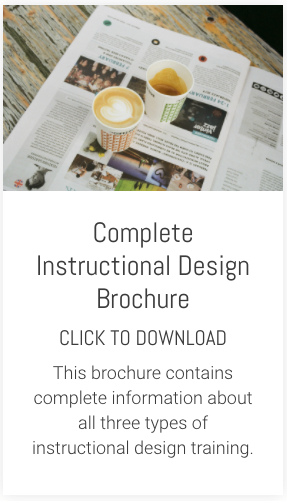As a customer, it’s a generally a pleasant experience going to a restaurant.
We order the food we want. It arrives as specified and we get to enjoy it. And if anything is not quite as we’d like it, we can always have a word with the staff.
But what about if you are the chef and his team. Always busy. Always harassed. Always churning out the same predictable product. Frequently dealing with picky customers who don’t like this or that about what you produce.
In theory, the chef should be very much in control of his or her universe. In practice it may not be like that.
Does that chef’s kitchen sound like your L&D function? If not, I’m delighted to hear it. No need to read on.
If yes, then you are currently facing a very unattractive future. Because the orders are only going to increase in volume and the ‘customers’ are only going to get pickier and more demanding.
If your ‘customers’ are telling you what they want and how they want it, fundamentally they don’t value you. In their heads, you don't know anything much about the best approach to learning for their particular need. So they formulate their own plans and just present them to you for implementation.
There could be various reasons for finding yourself in a situation like this.
Perhaps you've inherited it from a predecessor. Perhaps this is all you've ever known and you just assume this is the way it's done. Perhaps you'd love to do things differently but can't see a way to turn things around.
Whatever the causes, this is a terrible situation to find yourself in as part of a learning and development function. And it doesn't have to be this way. The ship can be turned around.
If you are serious about turning your L&D department into the trusted and respected part of your organisation it deserves to be, take a look at our on-demand webinar on this topic: How to amplify learning: the journey from order-taker to trusted expert.







